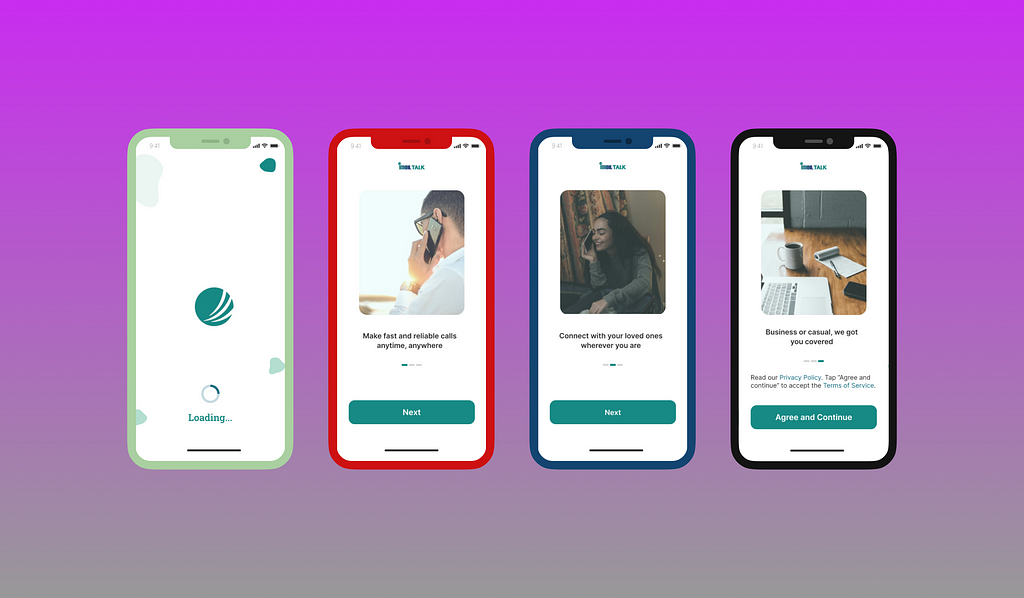USER ONBOARDING — How Important Is It Really?

Imagine hosting your non-African friends for dinner as a Nigerian. You prepare a delicious food spread, but for some reason, you have to step out for a bit. When you return, you find your friends dipping puff puff (a doughy snack) in egusi soup and eating pounded yam with akara. How would you feel about that?
Hilarious, maybe? Even funnier when they tell you how much they are enjoying the combo, despite it not being how you intended them to be eaten. This situation could have been avoided with proper guidance on how to enjoy those meals. Worse things could happen, like if someone had an umami allergy; egusi could cause a bad reaction. This is why user onboarding is essential.
Why Is User Onboarding Important?
To drive desired user behavior, you need to onboard your users so they know how to properly use your product and what to expect from it. User onboarding typically involves steps like tutorials, guided tours, and helpful prompts that enhance the user’s initial experience and understanding.
It’s similar to why a chef includes brief descriptions of food items on a menu — so expectations can be managed. It’s why you must brief your non-Nigerian friends about what they are about to eat before they encounter super spicy food.
User onboarding is crucial because it helps users understand the app’s value or the product they are using. Setting up the customer with the necessary features reduces the time they would have spent trying to figure out how to use the product and lowers unnecessary, early churn.
Types of User Onboarding
There are two main types of user onboarding: product onboarding and app onboarding.
Product Onboarding:
Introduces users to a physical product or software product.
Typically involves guiding users to set up the product through physical guides or digital documentation.
Shows users exactly how to use the product.
Mobile App Onboarding:
Introduces users to mobile (or web) applications.
Highly interactive and involves guiding users through the app’s primary features.
Shows them how to navigate the app and familiarizes them with the main functionalities.
Benefits of User Onboarding
Increased User Retention: Users who understand the product are more likely to stick around.
Improved User Experience: A smooth onboarding process leads to happier users.
Higher Conversion Rates: Users are more likely to become paying customers.
Reduced Support Costs: Educated users need less assistance.
Enhanced User Engagement: Users interact more deeply with the product.
Better First Impressions: A good start sets a positive tone.
Data-Driven Improvements: Insights from onboarding can guide product enhancements.
Reduced Churn Rates: Users who see value are less likely to leave.
Customer Satisfaction and Loyalty: Happy users become loyal customers.
Streamlined Feature Adoption: Users discover and use more features.
In conclusion, for the most elevated user experience for your customers, do not miss user onboarding. Just as you would guide your friends on how to enjoy a traditional meal, guide your users to fully appreciate and utilize your product.
USER ONBOARDING — How Important Is It Really? was originally published in UX Planet on Medium, where people are continuing the conversation by highlighting and responding to this story.